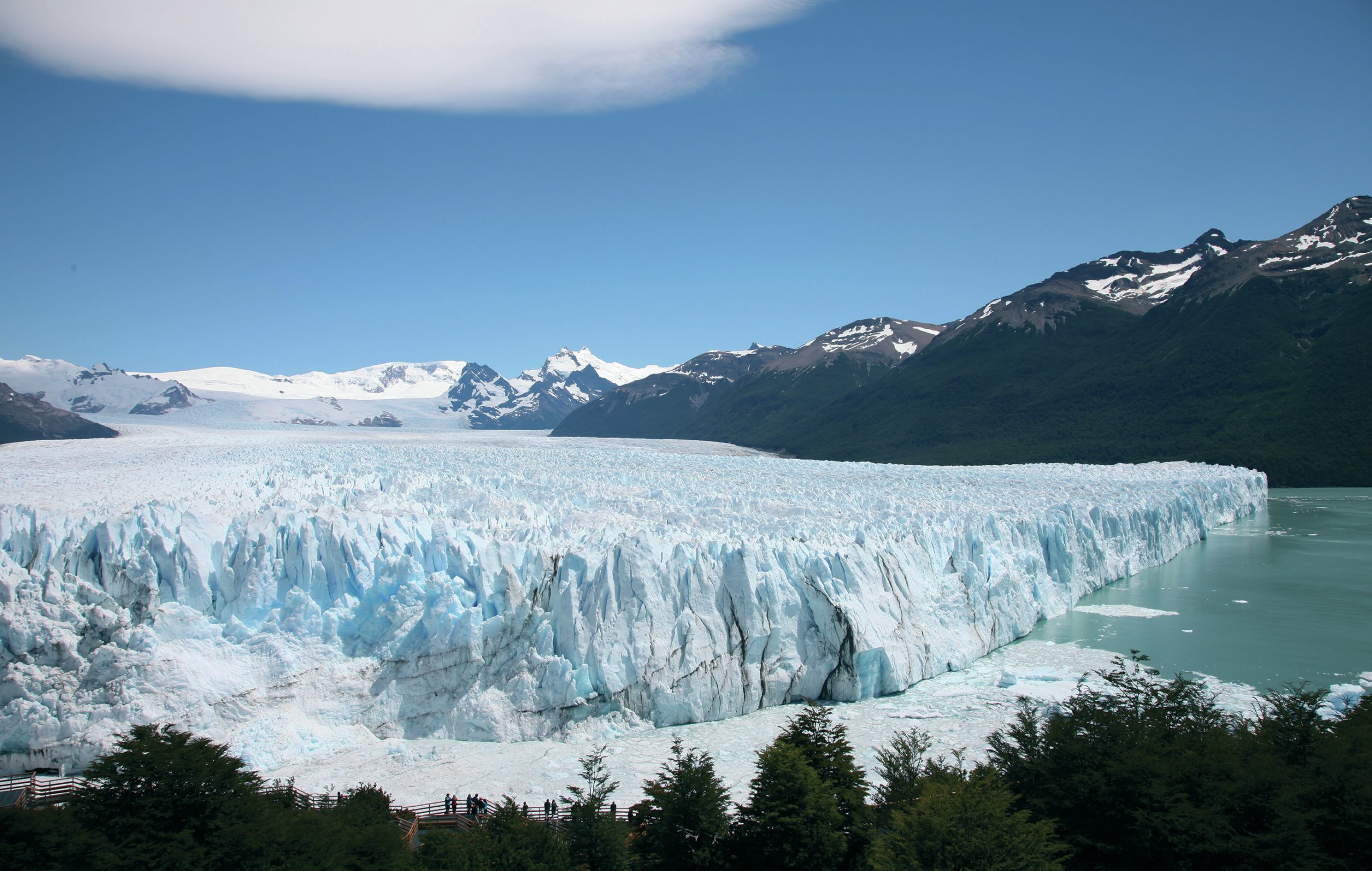
Even as recently as the 1980s, there were scientists who believed no organisms lived on or in Earth’s glaciers. The idea of a ‘glacial ecosystem’ was seen as improbable — after all, how could life survive in such extreme frozen environments? Yet it does. Life has a habit of turning up in the most unlikely of places. Microbes can tolerate Earth’s cold extremes: high in the atmosphere, at the depths of the oceans, deep in sediments and rocks, and in glaciers and ice sheets. And there may also be a darker side to life in the frozen world.
Wherever there is water, there is the potential for life. Glaciers and ice sheets are currently reservoirs for around 70% of the globe’s fresh water, and cover 11% of the planet’s surface area. In 1870, when Nordenskiold led the first crossing of the Greenland ice sheet, explorers noted that the ice surface had its own biolog y. Yet, ironically, scientists seemed reluctant to investigate this further, and for nearly 100 years only a handful of scientific studies reported life on glaciers and snow. However, research over the last 35 years has accelerated our need to rethink glaciers as an ecosystem in their own right.
Your organisation does not have access to this article.
Sign up today to give your students the edge they need to achieve their best grades with subject expertise
Subscribe




